Winter sneaks up on us quickly. While your family may look forward to ice skating, snow days and the year’s first frost, your house dreads the change of season. For your home, winter means low temperatures and high energy bills. Here are some tips for preparing your home for the cold weather so you can save energy and possibly prevent damage to your property.
Remove Window AC Units
When outside temperatures drop to 60 degrees Fahrenheit or below, it may be time to remove your window AC units and put them into storage until the spring. (Be sure to cover it or place it in its original box before you store.) Leaving AC units in place throughout the winter can cause damage to the units’ components and can leave your house vulnerable to chilly drafts of wind. Whether you use window AC units or you have central AC, you should also consider installing draft guards to protect your home from cold air and keep your energy bills down.
Keep Your Doors Tightly Sealed
It’s advisable to invest in storm doors for the winter season. Storm doors improve your home’s energy efficiency and protect your main entry door, which can be expensive to replace or repair. Install weather stripping around all doors and windows and caulk any gaps to reduce the flow of outside air. This will especially help with more efficient garage storage.
Store Your Summer Sports Equipment
When the winter arrives, it’s time to swap out summer sports gear and get out your winter equipment for the season. Put your swimsuits, beach towels, and baseball gloves into storage until the spring. There’s no sense in letting summer objects like beach towels take up precious mudroom space when there’s a foot of snow on the ground outside. Get your ice skates out of storage and make the most of the winter weather. Winter gear, like snow pants and skis, may be a bit bulkier than your summer stuff, so you might need to rearrange your garage or mudroom to accommodate. This is a great excuse to go through your excess junk and store, toss, or donate any nonessential items that are taking up space.
Give Your Home Furnace an Annual Checkup
If your house is heated by a furnace, give your furnace a thorough cleaning each year before the winter begins. Taking good care of your furnace will reduce the risk of hazardous sediment buildup, which can pose a fire risk if left uncleaned. Additionally, cleaning your furnace’s filter at least once a year will maximize your system’s energy efficiency and save you money in the long run. After cleaning, you may want save room by putting the cleaning supplies into storage until the next time you clean your furnace.
Get Your Fireplace Ready for Use
Each winter, we all look forward to cozying up by the fireplace with a cup of hot cocoa. But before lighting the season’s first fire, there are four necessary steps you must take to ensure fire safety. First, inspect your chimney for damage such as cracks or loose bricks. Second, put a cap on your chimney. A chimney cap will protect your chimney from rain, debris and animal intrusion. Next, get the right wood for your fire. You’ll want dense wood, such as oak, which has been stored in a dry environment for at least six months. Finally, install a spark guard. A metal mesh screen or a glass fireplace door can block flying embers from posing a fire risk for your home.
When your fireplace is ready for use, your doors and windows are tightly sealed, your AC units are stored away, and your home’s furnace is cleaned, your house will be prepared for whatever winter can throw its way. Your family can sit back, relax and enjoy the cheeriest season of the year. If you get ambitious again, you can try tending to the rest of your home with these winter organization tips.
Contact BTA Self Storage for more information.
